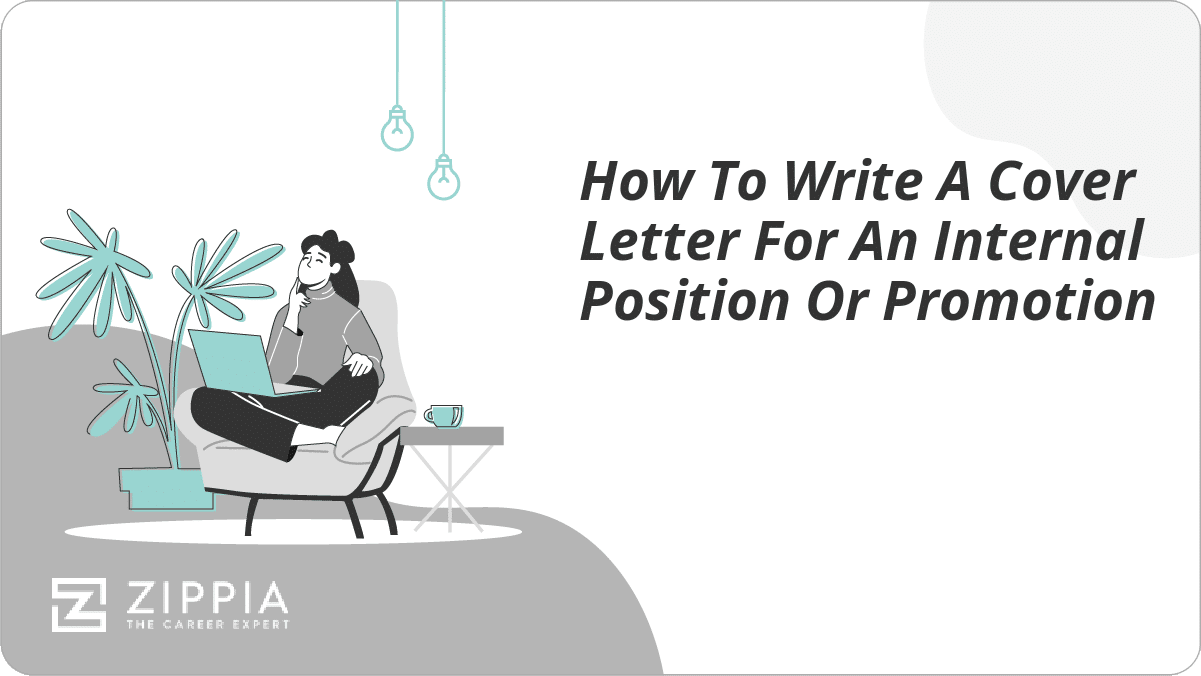- Cover Letter Basics
- Cover Letter Examples
- Cover Letter Examples
- Best Cover Letters
- Cover Letter For Internship
- General Cover Letter Templates
- Career Change Cover Letter
- Promotion Cover Letter
- College Student Cover Letter
- Entry Level Cover Letter
- Legal Cover Letter
- Creative Cover Letter
- Cover Letter For Government Job
- Cover Letter With No Experience
- Short Cover Letter Examples
- How To Send An Email Cover Letter
- How To Write A Cover Letter For A Job With No Experience In That Field
- Cover Letter Format
- Special Sections
Find a Job You Really Want In
- How to End a Cover Letter
- Examples of How to End a Cover Letter
- Examples of How NOT to End a Cover Letter
- Does your Cover Letter Need a Written Signature?
- How to Sign an Uploaded or Printed Cover Letter
- Cover Letter Signature Examples
- How to Sign an Emailed Cover Letter
- Signature Examples for Emailed Documents
- Cover Letters Leave An Important First Impression
- Sign Up For More Advice and Jobs
A proper cover letter is critical to landing the job interview.
With so many applicants competing for the same job, you want to make sure every element of your application leaves the right impression.
A well-written cover letter is especially important, as it provides recruiters with insight into your personality that the resume alone cannot.
Regardless of your letter’s contents, an improper closing section conveys a sense of unprofessionalism and ruins the entire application.
This article will show you exactly how to sign and end your cover letter professionally — so you leave a positive impression rather than a negative one.
How to End a Cover Letter
Your cover letter should maintain a professional and formal tone throughout.
This is especially true for the closing, as it’s the section that leaves a final impression on the reader.
“Formal” doesn’t require that you’re robotic and cold. Feel free to be friendly or positive, but always avoid casual language. Don’t use “thanks” or “cheers”, and avoid acronyms.
Every effective cover letter closing accomplishes three goals:
-
Summarizes your strengths. Sum up the relevant skills and qualifications you’ve mentioned and explain how you can bring value to the company.
Be sure not to just list and repeat what you’ve already said before, rather summarize your strengths in a fresh and concise way
-
Shows confidence and initiative. A generic cover letter closing such as “I look forward to your reply” will be read as nothing more than an empty courtesy.
Stand-out and convey a more action-oriented tone, with a line such as : “I look forward to discussing with you how my skills can create value and solutions for the team.”
The second line has a greater sense of urgency and initiative, while remaining polite and professional.
-
Thank the reader. Be sure to show appreciation and offer thanks to the reader for their time and consideration.
As always, remain professional rather than casual. Avoid phrases such as “Cheers” or “Yours.”
A closing statement such as “Sincerely,” or “Best regards,” works perfectly. We’ll provide more examples later in the article.
Examples of How to End a Cover Letter
While reading the following examples, note how they achieve the three goals:
-
Summarizes strengths
-
Conveys initiative and confidence
-
Thanks the reader
-
Example 1.
“I believe my six years of experience as a marketing specialist, specifically in the food industry, will be a perfect match for this role. I look forward to speaking with you on how my skills can bring value to the team. Thank you for considering my application.”
-
Example 2.
“With my extensive software engineering experience, I believe I can develop effective technical solutions for your firm. I would welcome the opportunity to further discuss with you how my qualifications can contribute to the team’s success. Thank you for your time.”
-
Example 3.
“With my eight years of experience as managing director of similar projects, I am confident I can provide insight and value towards your firm’s goals. I would love the chance to speak with you on the position and what skills I could bring. Thank you for your consideration.”
-
Example 4.
“I am fascinated by your firm’s approach to creating effective user experiences. I would be delighted to discuss with you how I could leverage my ten years of UX experience to upgrade your solutions even further. Thank you for considering my application.”
-
Example 5.
“I look forward to any chance to speak about the position and what I can bring to the firm. I believe my personal values and extensive experience in the medical research field would make me a great fit for your organization. I appreciate your time and consideration.”
Examples of How NOT to End a Cover Letter
As mentioned, maintaining professionalism throughout your cover letter is critical for any hiring manager to want to call you.
See if you can spot the issues in the following closing statements:
“Finally, as summary, I would really like to join the job and believe I would be qualified.”
“Please, before blow my application off, know that I am overqualified for the position.”
“Cheers! Kevin”
All of these examples either miss the three key goals or are extremely unprofessional.
The rest of your document may be perfect, but any recruiter that reads lines such as above will immediately have alarms going off in their head. Cover letter mistakes will derail your entire application process.
See if you can spot the more subtle errors in the next few examples.
-
Example 1.
“I believe my eight years of experience as a commercial trucker, especially in long-haul, will be a great match for this role. I look forward to speaking with you on how my skills can bring value to the team.”
This person summarized their strength well and conveyed a sense of initiative and enthusiasm, but forgot to thank the reader.
-
Example 2.
“I look forward to an opportunity to discuss with you the position. I greatly appreciate your time and consideration.”
This example thanks the reader and is forward-looking, however it does nothing to remind the recruiter of the applicant’s qualifications.
-
Example 3.
“With my two years of experience as a sales representative, I am confident I can provide the necessary qualifications and skills. Thank you for considering my application.”
While they thanked the reader and summarized their abilities, the writer offered no call to action for the reader to follow-up with them.
Now that we’ve covered the contents of your cover lettering closing, we’ll explain why and how you should add your signature to top it all off.
Does your Cover Letter Need a Written Signature?
It’s commonly asked if it’s really required to end cover letters with a handwritten signature. The answer is it depends on your letter’s format.
Cover letters written on paper should always include a handwritten signature. Doing so is considered proper business etiquette, and forgetting to do so will be seen as unprofessional by recruiters.
Even if the particular reader of your letter doesn’t care, it’s smart to err on the side of caution.
For cover letters delivered through email, a signature isn’t required. However, there’s no harm in creating an electronic signature to add a touch of professionalism.
Keep reading to see exactly how you should sign both an emailed and printed cover letter.
The formal rules for how to write a cover letter may seem numerous and pointless, but it’s important to follow them to avoid standing out as unprofessional amongst other applicants following them.
How to Sign an Uploaded or Printed Cover Letter
Most cover letters are emailed these days. However, you might find yourself needing to upload or mail a printer cover letter and wonder how to sign it.
In these cases, a handwritten signature would be included between the sign-off and your printed full name. Keep this in mind when you’re typing it out so you remember to leave enough room.
Your signature should always be written in black ink.
The sign-off should always use professional language. Use the same font as the rest of your cover letter and avoid using italics.
Considering the following choices:
-
“Sincerely,”
-
“Sincerely Yours,”
-
“Best Regards,”
-
“Most Sincerely,”
Avoid casual sign-offs such as:
-
“Thanks,”
-
“Cheers,”
-
[Nothing]
-
[Your Name]
There is never really any reason to use a sign-off other than the proper four listed above. Just as is the case for greetings such as ”Dear Hiring Manager” or “Dear Sir Or Madam,” using uncommon sign-offs just isn’t worth the risk.
The cover letter should be formatted single-spaced throughout, with an additional space between sections. This includes between your closing paragraph and sign-off.
If your contact details are not written in the header, then including them after your name is a fine choice too.
Cover Letter Signature Examples
Here we’ll provide you both a template and a visual example to help you sign your own printed cover letter. Note the spacing used in these examples.
Template Example:
“….thank you for considering my application.”
[Sincerely, Best Regards]
[Written signature in black ink]
[Your full name (typed)]
[Your e-mail address]
[Tel:(including country/area code)]
Visual Example:
“…thank you for considering my application.”
Sincerely,
Alex Loizos
[email protected]
(555) 333 2222
How to Sign an Emailed Cover Letter
Emailed cover letters do not need a handwritten signature. However, doing so adds a touch of professionalism and won’t hurt your letter.
An emailed letter with a signature looks the exact same as a printed one, except that your signature would be created electronically.
You should look up how to generate an electronic signature for whatever email service you use.
If you choose to not include a signature, then the rest of the sign-off stays the same. Same single-spacing, with consistent font and no italics.
Signature Examples for Emailed Documents
Template Example:
“….thank you for considering my application.”
[Sincerely, Best Regards]
[Written signature in black ink]
[Your full name (typed)]
[Your e-mail address]
[Tel:(including country/area code)]
Visual Example #1:
“…thank you for considering my application.”
Sincerely,
Alex Loizos
[email protected]
(555) 333 2222
Visual Example #2:
“…thank you for your time.”
Best Regards,
Stacy Smith
[email protected]
(321) 412 2552
Cover Letters Leave An Important First Impression
The importance of sending a well-written cover letter is underrated.
Even with an impressive resume, hiring managers know you as nothing more than a name on a paper and a list of achievements.
Cover letters convey two things that resumes alone cannot: professionalism and initiative.
A discussion of your qualifications and achievements in your letter, followed by an offer for further discussion, is what will lead the recruiter to pick up the phone.
We hope you’ve now learned how to properly close a cover letter, and wish you best of luck.
- Cover Letter Basics
- Cover Letter Examples
- Cover Letter Examples
- Best Cover Letters
- Cover Letter For Internship
- General Cover Letter Templates
- Career Change Cover Letter
- Promotion Cover Letter
- College Student Cover Letter
- Entry Level Cover Letter
- Legal Cover Letter
- Creative Cover Letter
- Cover Letter For Government Job
- Cover Letter With No Experience
- Short Cover Letter Examples
- How To Send An Email Cover Letter
- How To Write A Cover Letter For A Job With No Experience In That Field
- Cover Letter Format
- Special Sections





